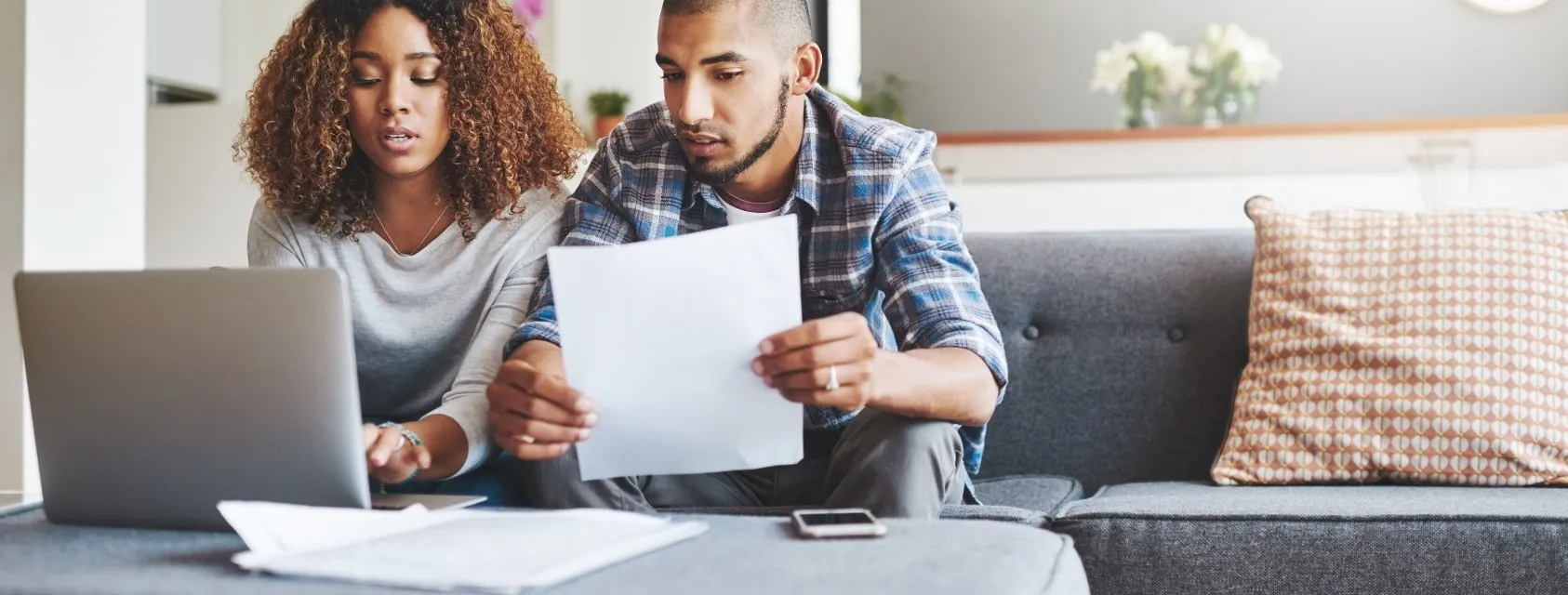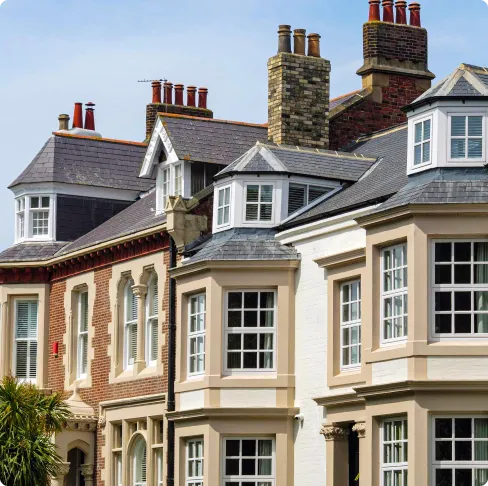We Give Personal, Expert Advice
We work around your schedule to help you arrange a mortgage that suits your circumstances, no matter how complex.

JCTV is John Charcol’s exclusive mortgage video channel. Our mortgage video library provides access to relevant news, information, knowledge and expertise, across a broad range of topics from the mortgage industry including interviews with Ray Boulger, mortgage video guides and product release announcements.
Talk to our experts today
Book an appointment with an adviser today and we’ll help you work out which mortgage deal is best for you and your requirements.
Search Videos
Categories

“Our JCTV Mortgage Videos make mortgages easier to understand. From quick explainers on key terms to expert insights on market trends, we break down complex topics into simple, practical guidance. Whether you’re a first-time buyer, remortgaging, or exploring buy-to-let, our videos give you the knowledge to make confident mortgage decisions.”

Lorem ipsum dolor sit amet, consetetur sadipscing elitr, sed diam nonumy eirmod tempor invidunt ut labore et dolore magna aliquyam erat, sed diam voluptua. At vero eos et accusam et justo duo dolores et ea rebum.